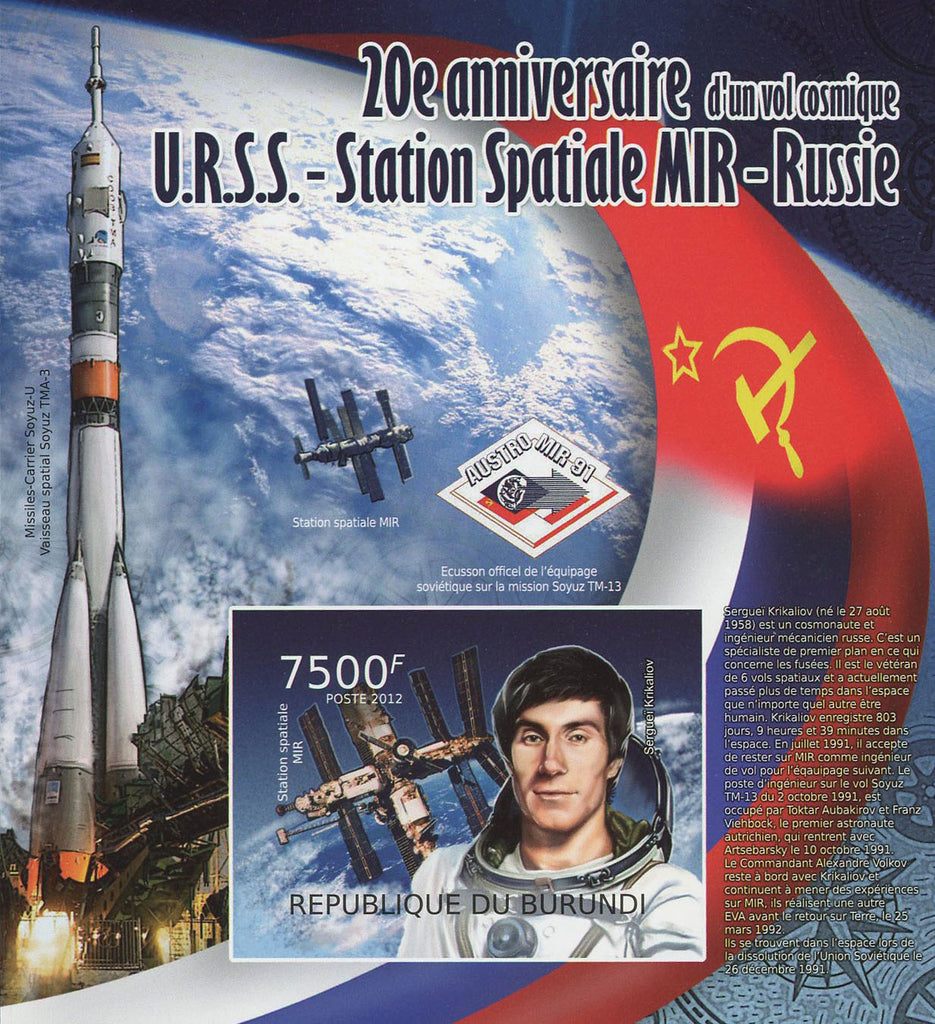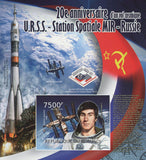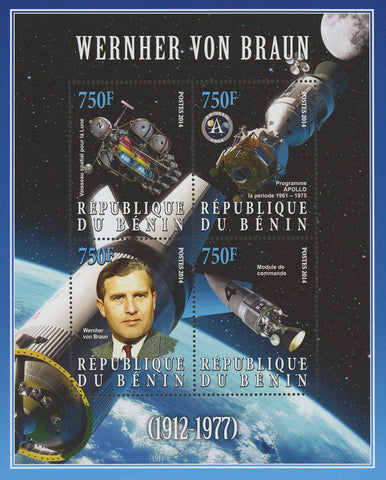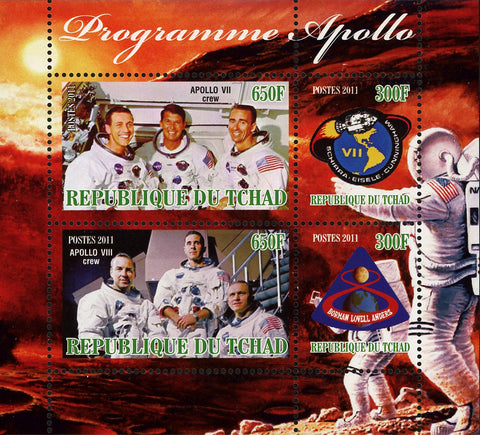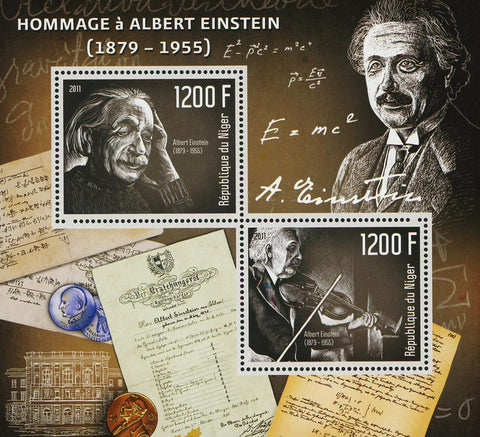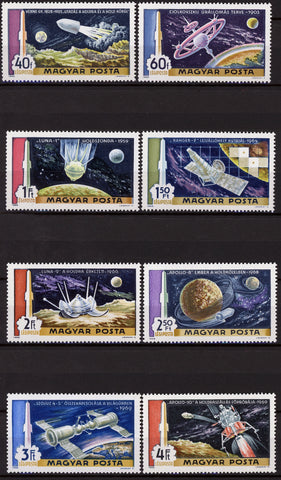URSS MIR Space Station Russia Souvenir Sheet Mint NH
- Product Sku:
- Categories Republic of Burundi, Space & Astronautics
URSS Spatial Station Russia Souvenir Sheet Mint NH
The space station Mir became a legend in its own time reflecting Russia’s past space glories and her future as a leader in space.
The Russian Space Station Mir endured 15 years in orbit, three times its planned lifetime. It outlasted the Soviet Union, that launched it into space. It hosted scores of crewmembers and international visitors. It raised the first crop of wheat to be grown from seed to seed in outer space. It was the scene of joyous reunions, feats of courage, moments of panic, and months of grim determination. It suffered dangerous fires, a nearly catastrophic collision, and darkened periods of out-of-control tumbling.
Mir soared as a symbol of Russia’s past space glories and her potential future as a leader in space. And it served as the stage—history’s highest stage—for the first large-scale, technical partnership between Russia and the United States after a half-century of mutual antagonism.
Mir did all of that and like most legends was controversial and paradoxical. At different times and by different people, Mir was called both "venerable" and "derelict." It was also "robust," "accident-prone," and "a marvel," as well as "a lemon."
For Russians, the very name "Mir" held meaning, feeling, and history. Mir translates into English as "world," "peace," and "village," but a single-word translation misses its full significance. Historically, after the Edict of Emancipation in 1861, the word "mir" referred to a Russian peasant community that owned its own land. A system of state-owned collective farms replaced the mir after the Russian revolution of 1917.
As with most legends, Mir was literally beyond the reach of most men and women, but it could be seen by many as a bright light arcing across the night sky. Mir undoubtedly provoked many thoughts around the globe about who we—as a human race—are and where we are going.
The cosmonauts and astronauts who were fortunate enough to travel to Mir were always impressed by its appearance. Regardless, Mir remained difficult to describe. Someone once called Mir a 100-ton Tinker Toy, a term that recalled Mir’s construction. Adding modules over the years, and then sometimes rearranging them, the Russians had built the strangest, biggest structure ever seen in outer space. Traveling at an average speed of 17,885 mph, the space station orbited about 250 miles above the Earth. Mir was both great and graceful—and incongruous and awkward—all at the same time.
In outward appearance, Mir has also been compared to a dragonfly with its wings outstretched, and to a hedgehog whose spines could pierce a spacewalker’s suit. NASA-4 Mir Astronaut Jerry Linenger compared Mir to "six school buses all hooked together. It was as if four of the buses were driven into a four-way intersection at the same time. They collided and became attached. All at right angles to each other, these four buses made up the four Mir science modules. … Priroda and Spektr were relatively new additions … and looked it—each sporting shiny gold foil, bleached-white solar blankets, and unmarred thruster pods. Kvant-2 and Kristall … showed their age. Solar blankets were yellowed … and looked as drab as a Moscow winter and were pockmarked with raggedy holes, the result of losing battles with micrometeorite and debris strikes over the years."
Fast & Free Shipping within U.S.A.
We Care for your order, Pack it carefully and ship it within 24 hours.
Satisfaction Guaranteed!
Please explore our store for more stamps, souvenir sheets, post-office collectibles and philately books and pre-philatelic items:
montecinos.philately

